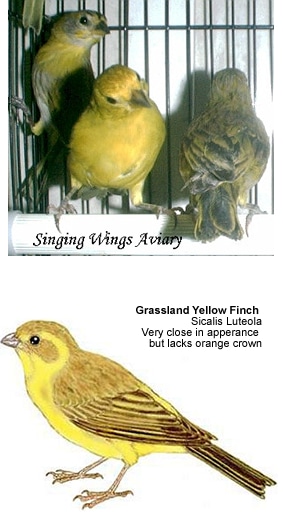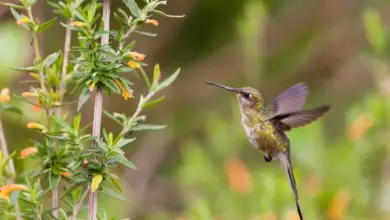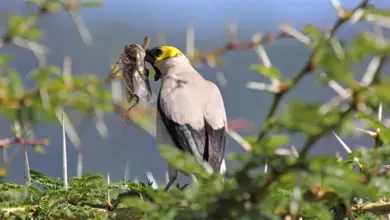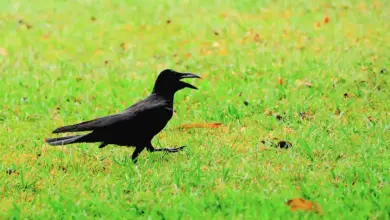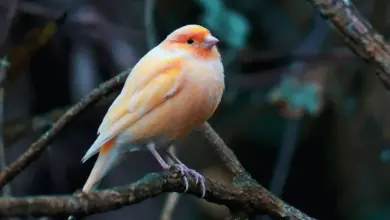Saffron Finch, Yellow Finch, Pelzeln’s Finch
This species has a bright yellow body with an orange crown. The back and wings are laced with black edging on the feathers.
The eyes are dark, the legs grey-pale pink, the upper beak is grey-black and the lower beak is ivory in color.
Mature females are a slightly duller version of the male and young hens are often olive-brown with heavy dark streaks.
The photos and below information courtesy of Mandy and Paul – Breeder of Canaries and Other Exotic Birds – Singing Wings Aviary – www.singing-wings-aviary.com (A great source for these beautiful little finches)
Description:
This species normally ranges about 5.5 -6 inches or 14 – 16 cm in length (including tail).
Origin:
The Saffron Finch originated in South America. It inhabits parts of Northern Colombia, Venezuela, Ecuador, Peru, and northeast Brazil to central Argentina.
Diet:
A good Saffron Finch diet must include a mixture of millets, canary grass seeds, wild seeds, and green food. These birds are especially fond of Oat Groats. They will require more green food and live food when breeding.
Ant eggs, small mealworms, waxworms, and fruit fly larvae can be mixed in with soft food and offered on occasion. Fresh water, cuttlebone, and grit should also be supplied at all times.
Lettuce, Spinach, Chickweed, spray millet, Eggfood, Brocolli tops, and Carrot tops can also be offered on a regular basis. Sprouting seed is the simplest way to provide your birds with fresh greens and make a great weaning food.
General Care:
They are hardy birds but be sure to provide fresh water daily as they love to bathe.
Compatibility:
This species is best suited for a mixed aviary with birds of similar size and temperament. If placed with small passive waxbills you will need to watch closely to be sure the Saffrons are not being too aggressive. In a large walk-in aviary, they will be less aggressive as compared to a small finch cage. Typically aggressiveness increases during the breeding season.
Housing:
Saffron Finches will thrive in a planted flight with plenty of room to fly and sing. They will require a heated aviary at least to 60-65 degrees during the Winter months. They can be housed in double breeder size cages but will easily bore and damage tail feathers flying from one side of the cage bars to the other in small cages.
Song:
The male has a nice but repetitive song. This species can be shy to sing in front of people when housed in small cages.
Breeding:
These birds prove to breed more often in a planted aviary than in breeding cages.
They prefer a Parakeet size nestbox positioned in a high sheltered spot such as the corner of a cage. Artificial plant covering around the nestbox will provide them with the nest privacy they need.
Nesting material supplied can be dried moss, dried grasses, feathers, etc. although they are cavity nesters and do not make great nests if any. The average clutch consists of 3-5 eggs which hatch after 14 days.
The hen incubates the eggs alone while the male guards the nest. After the eggs hatch it is important to supply the parents with adequate green food, egg food, and live food. The young Saffrons resemble hens and will fledge around 2 weeks old. Both parents accept feeding responsibilities.
Once weaned young should be removed to prevent fighting between father and male offspring. Offspring go through their first adult molt at about 12-18 months of age.
Further Finch Reading
- Finch Information
- Index of Finch Species
- Photos of the Different Finch Species for Identification
- Common Health Problems of Finches
- Finch / Canary Diet / Nutrition
Photo, Video and/or Article contributions are welcome! You can Upload articles and images here. Thank you!
Beauty Of Birds strives to maintain accurate and up-to-date information; however, mistakes do happen. If you would like to correct or update any of the information, please contact us. THANK YOU!!!

